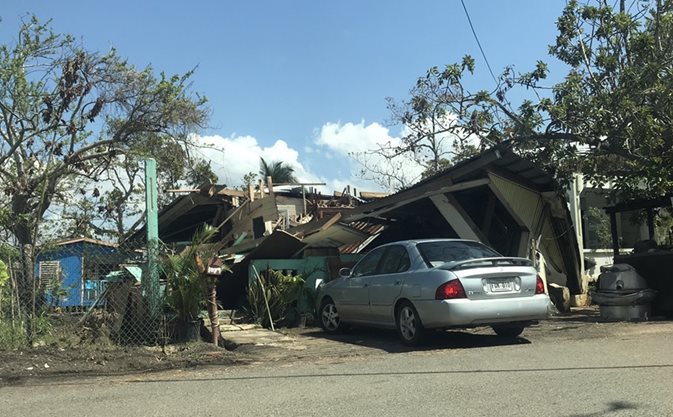
I recently visited Puerto Rico along with NeighborWorks America Regional Vice President Joan Straussman to assess the damage that still exists months after Hurricane Maria hit, learn firsthand the progress being made by our three network members on the ground and chart a path forward to continue to help the island's residents recover. Here is my report.
It was a full flight, yet the passengers did not look like winter tourists escaping to warmer weather. They wore organizational T-shirts with logos of groups such as the Transit Workers Union, the Visiting Nurses Association and the AFL-CIO. Slogans declared, “Battered Yet Not Broken” and “Puerto Rico Will Rise Again.”
As we descended into San Juan, our first sight was a quilt of blue tarps masking the devastation underneath. When we safely landed, the pilot announced his appreciation of the many specialized technical workers arriving to offer their expertise. He was answered by applause, tears and some prayers.
I took the prayers to heart: While driving my rental car to the hotel, I saw that many traffic signals were not working, which made driving a harrowing experience. And although the old part of the city was the site of a festival that night, I learned that the usual visitors from nearby Caribbean islands were absent, contributing to an economic decline of about 11 percent that is expected to last another five years.
Homes with no roofs or walls
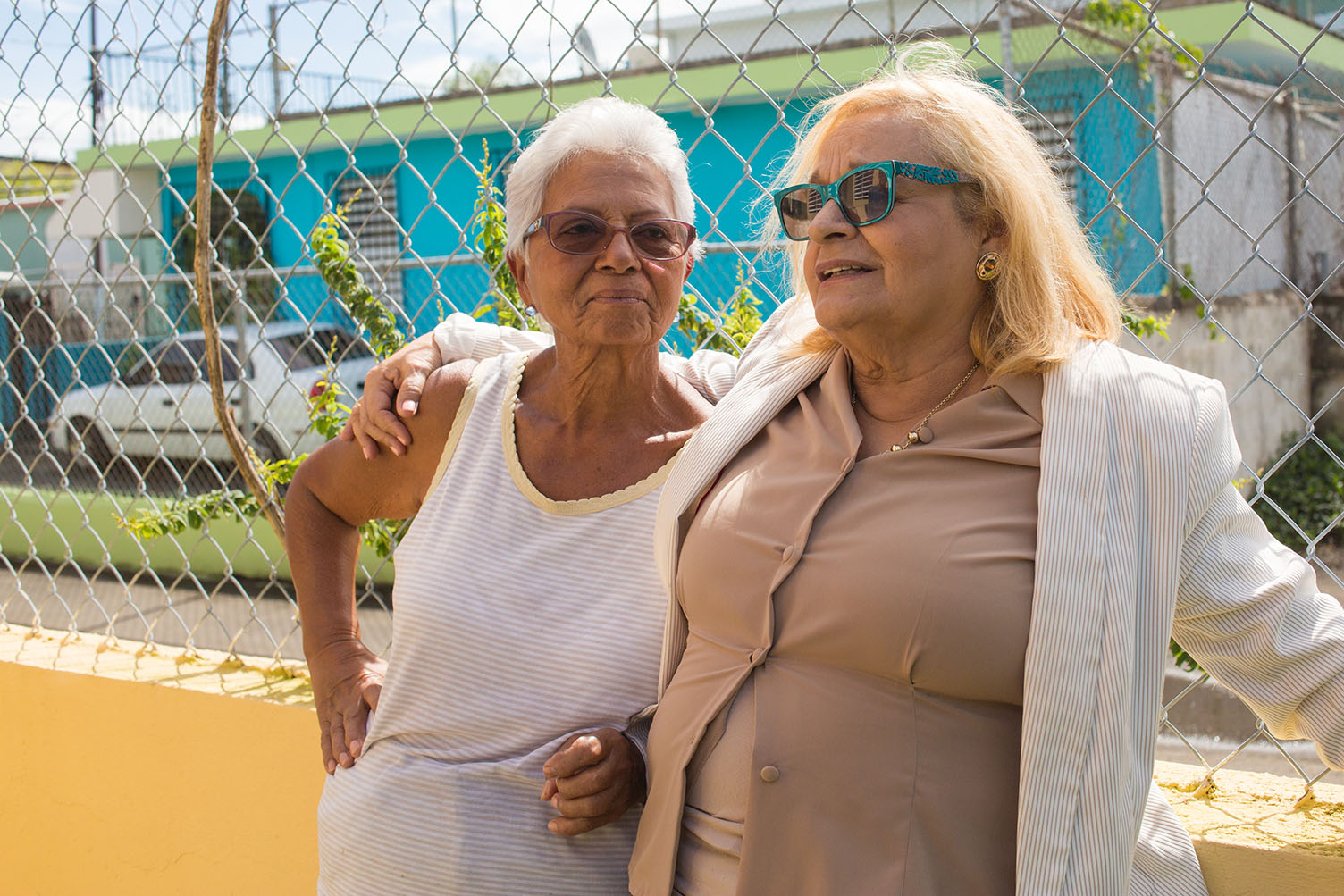
Blanca Velez Beauchamp, executive director of Puerto Rico Neighborhood Housing Services (PRNHS), had previously developed a strategy of using model homes to serve as inspiration for targeted blocks. But in the wake of Hurricane Maria, that strategy has new applications: PRNHS has identified 20 families in need of rehab or replacement in a target area characterized by wood construction. A press conference was held Feb. 6 to showcase the model home in the area, which PRNHS hopes to replicate with significant funding from Citi.
It at first appeared to be a normal midweek commute when we drove over the spine of the island from San Juan to Ponce. Upon a more careful inspection, however, we saw crumpled signs, fallen trees and roadside debris. When touring the local communities, we saw people living in what resembled campgrounds, with blue tarps the only protection from the rain. We heard fears about the impact of the next rainy season and El Niño later this year. There is little trust in government and other institutions, yet there is a need for their financial and other support to make necessary housing and infrastructure improvements.
NeighborWorks grant money at work
Elizabeth Colon-Rivera, executive director of Ponce NHS, was just completing her seventh month in the position when Hurricane Maria hit. Under her leadership, Ponce NHS has brought together multiple stakeholders to support recovery. While driving with her for more than an hour out of Ponce on narrow, twisting roads, we passed downed power lines and wrecked homes. We arrived in the rural community of Jayuya for a workshop at a disaster recovery center. Using a $75,000 grant from NeighborWorks America, Ponce NHS organized post-disaster home-maintenance workshops in seven municipalities, with 20 participants at each receiving a $500 voucher to purchase supplies from a designated hardware or furniture store.With another $10,000 from the Community Foundation of Puerto Rico, Ponce NHS replicated this voucher program and assisted an additional 20 low-income families from particularly hard-hit and inaccessible areas of the community of Villalba. Supporting these activities and others are two VISTA staff members, provided by NeighborWorks America.
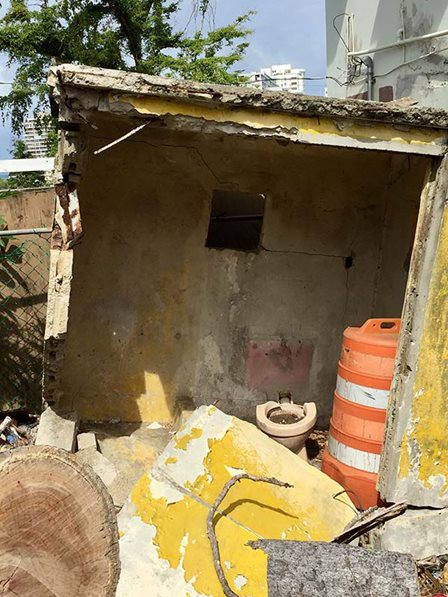 Ponce NHS is seeking funds for a recovery plan that includes 20 moderate housing rehabs, 20 substantial rehabs and 20 newly constructed homes. It is collaborating with the Dunwoody College of Technology, in Minneapolis, Minnesota, which is providing programming and design support through a student architectural clinic. The lead professor has experience in disaster reconstruction from Hurricane Katrina and his co-instructor has family roots in Puerto Rico.
Ponce NHS is seeking funds for a recovery plan that includes 20 moderate housing rehabs, 20 substantial rehabs and 20 newly constructed homes. It is collaborating with the Dunwoody College of Technology, in Minneapolis, Minnesota, which is providing programming and design support through a student architectural clinic. The lead professor has experience in disaster reconstruction from Hurricane Katrina and his co-instructor has family roots in Puerto Rico.As we ended our last day with the Ponce NHS team, there was an urgent call from the homeownership counselor. A man who lost his home in the hurricane was threatening to kill himself if Ponce NHS could not help him. (We later learned the Ponce NHS team was able to identify a loan source for him, as well as provide emergency provisions, which calmed him down. The staff is working to organize a training session to better learn how to manage people with mental-health crises.)
During crises, staff wear many hats
Later, we met with Maria Rodriguez-Collazo, director of housing programs for PathStone Puerto Rico. She shared that she is trained as a lawyer and worked as a college administrator before beginning a career in affordable housing working mostly in rural areas. Until the hurricane hit, she probably never thought she also would become a social worker of sorts. PathStone’s rental properties lost electrical power and some are still in need of stabilization due to soil erosion. One of its property managers suffered a mental breakdown following the hurricane and had to be hospitalized. Other staff members lost all of their possessions.Among the many sad stories we heard, one stands out: Rushing water and wet soil burst into a rural home built on a hillside, drowning the husband and necessitating the amputation of one of the wife’s limbs. Her application to FEMA for emergency assistance was denied. Maria is personally involved in assisting with the appeal.
PathStone’s plans for storm recovery share some commonalities with PRNHS and Ponce NHS—primarily homeownership counseling, foreclosure intervention and targeted housing rehab and replacement. An increase in foreclosures looms as the moratorium on mortgage payments expires and job dislocation continues. PathStone estimates it will cost $1.5 million to rehab 40 homes. To date, it has received a little more than $650,000.
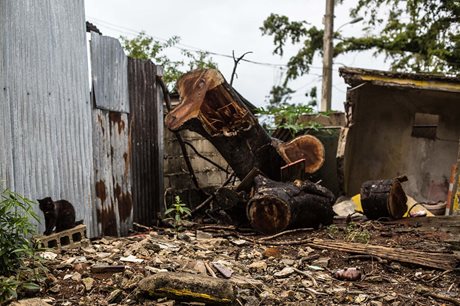 PathStone also operates a workforce and business development program in Puerto Rico. Before the storm, job creation focused on ecotourism and linkages of coffee and other produce growers with the processing/distribution chain. Hurricane Maria wiped these sectors out for at least a year. (Almost everyone we met said they missed eating Puerto Rican bananas, and were apologetic that the restaurants could not offer Mofongo made with fried plantains).
PathStone also operates a workforce and business development program in Puerto Rico. Before the storm, job creation focused on ecotourism and linkages of coffee and other produce growers with the processing/distribution chain. Hurricane Maria wiped these sectors out for at least a year. (Almost everyone we met said they missed eating Puerto Rican bananas, and were apologetic that the restaurants could not offer Mofongo made with fried plantains).While we were on the island, the PathStone Enterprise Center cohosted a one-day solutions fair with the Federal Reserve Bank of New York, held at the Ponce Convention Center. Afterward, we met with Stuart Mitchell, PathStone CEO, and Federal Reserve staff members. Stuart was particularly interested in the development of a solar energy panel that could be made in Puerto Rico, providing both jobs and a renewable energy source that satisfies standards for both resilience and sustainability.
Housing needs require massive investment
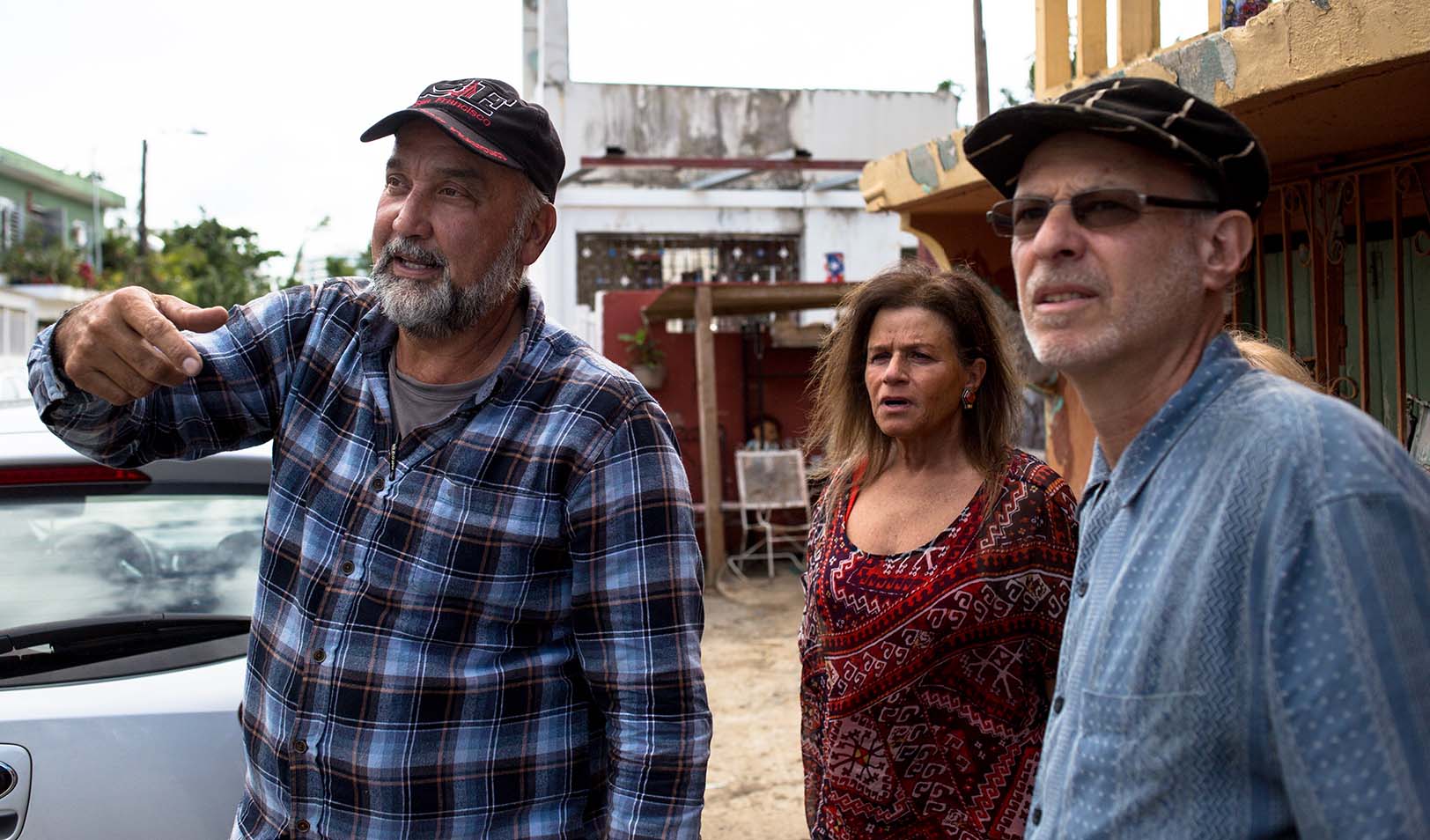
Lyvia also estimates there are about 500,000 homes in need of some type of repair across the island due to Hurricane Maria. In the eight communities her organization serves, Lyvia estimates that 1,000 roofs need to be replaced and 100 homes need to be rebuilt. An emergency roof replacement costs on average $10,000, a moderate home rehab is estimated to cost $37,500 and a total home replacement approaches $72,000.
ENLACE del Cano Martin Pena has raised $700,000 in private funds to install 70 new roofs. However, many of the homes still need more rehab assistance.
On my way to the airport for my departure, I stopped by the PRNHS office. Blanca told me that three of her staff members were sick with flu symptoms, with one hospitalized. Frankly, I was also beginning to feel some joint aches and had the beginning of what felt like a cold. I walked to the nearby market and the owner made me a large fruit drink, telling me to drink up for my health. He said Puerto Rico was like the fruit trees: The wind can knock them down, but they will grow back again, showing their strength.
I sat on a bench under the warmth of the shining sun to sip my drink. After an exhausting five days, I reflected on the fact that after years of working in Puerto Rico, this week was the first time that leaders of the local NeighborWorks members spent significant time together to discuss programmatic strategies. We need to encourage that to happen more often.
We heard a lot of frustration with the institutional systems that govern and serve Puerto Rico, and the contradictions that abound as money is made, yet poverty grows. We heard about bureaucratic ineffectiveness, inconsistencies and outright fabrications—including how some applications for FEMA assistance were denied because the property deed was written in Spanish! Greed and corruption is a reality.
However, with all of the historical complexity that has led Puerto Rico to this day, the leaders and community members with whom we spoke demonstrated a creativity and sheer willpower that will carry them though. What they need most is money and accountability.
There is an amazing sense of pride, passion and can-do spirit among the people of Puerto Rico. Those who are committed to staying are intent on making their tomorrows better than today. While we don’t yet know all of the solutions to every challenge, the local groups are doing their part with dedication and care.

